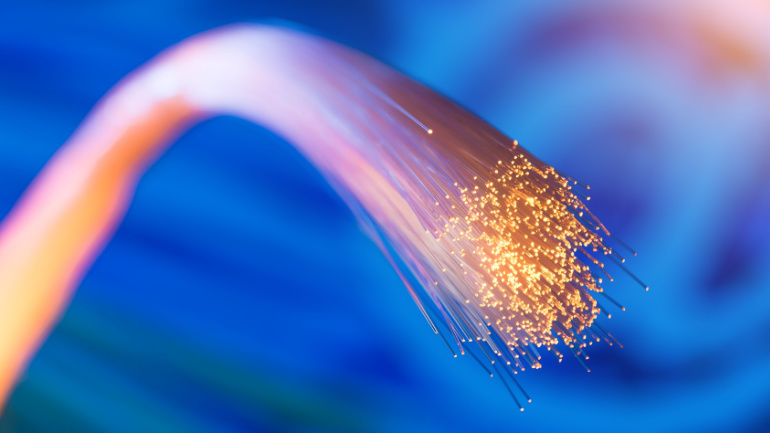
At this year’s Submarine Networks EMEA conference, the impact of geopolitics on the submarine cable industry was a widely-discussed topic. As political tensions rise globally, governments are becoming increasingly attentive to the security of subsea cables as critical infrastructure, posing a challenge to new subsea cable projects.
During the conference, Soerensen highlighted the prevailing geopolitical issues in regions such as Asia, the Indian Ocean, and Europe by stating, “We can’t help but talk about geopolitics.” This presents a crucial consideration for the industry as local authorities and governments strive to ensure the security of their subsea cable networks.
Despite the challenges posed by geopolitics, the demand for connectivity services continues to soar, pushing the submarine cable industry to innovate. Various promising technologies, such as new types of fiber, dry plant, and submarine line terminal equipment, are emerging to meet these burgeoning demands.
Soerensen particularly highlighted the potential of multicore fiber (MCF) to transform the industry saying, “Right now, MCF is exciting, and we’re seeing the first cable being deployed with that technology.” He added, “However, MCF itself is probably not the next technical revolution that we need to take the industry forward – that might be hollow core fiber; it’s too early to tell!”
In the face of geopolitical challenges and the need for innovation, the industry looks forward to new advancements and discussions at the upcoming Submarine Networks EMEA 2024 conference.
Apart from the conference’s key topics, recent developments in the submarine cable sector include over two-thirds of U.S. commercial sites lacking optical fiber access, Viasat completing its merger with Inmarsat, and EXATEL expanding into the subsea connectivity sector. These events highlight the dynamic nature of the industry and the necessity for continued adaptation and growth.




